Creating a harmonious flow in a room goes beyond just selecting stylish furniture. It involves optimizing the layout, considering the space’s purpose, and ensuring ease of movement. With a few strategic hacks, your furniture can do more than just look good—it can enhance the flow and functionality of any space.
Whether you’re working with a small apartment or a spacious home, these innovative furniture hacks will help you make the most of your space, boosting both aesthetics and practicality. These creative ideas not only elevate your home’s design but also improve how you interact with your living space daily. Let’s dive into these smart, transformative solutions.
1. Opt for Multi-Functional Furniture
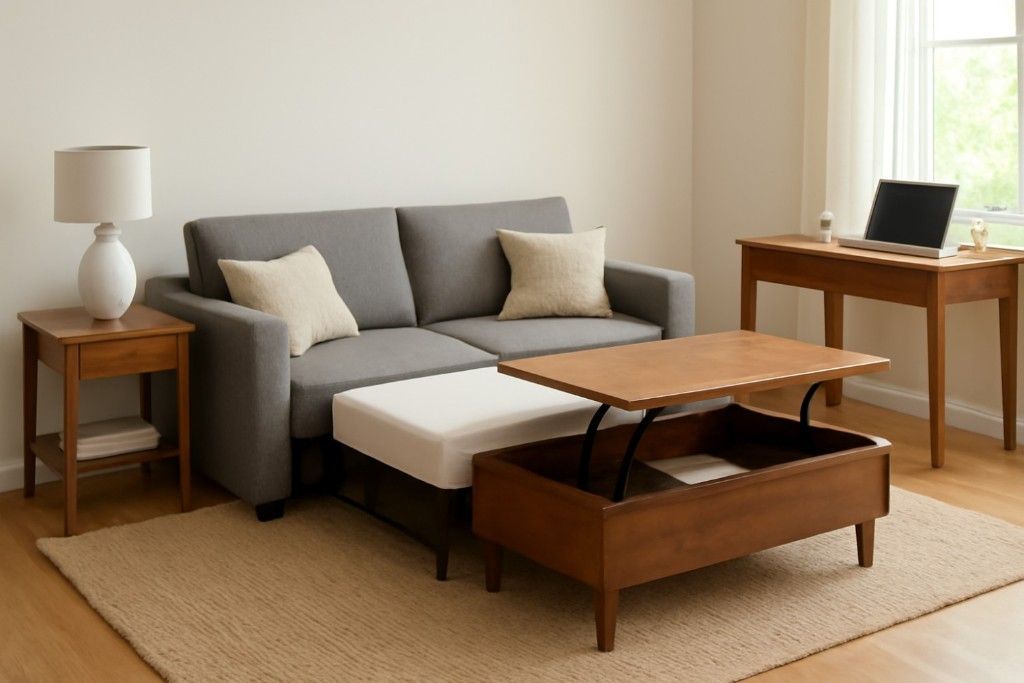
One of the smartest ways to improve flow is by integrating multi-functional furniture into your home. Items like sofa beds, fold-out desks, or coffee tables with storage serve double-duty, reducing clutter and increasing space efficiency. This is particularly useful in smaller rooms where space is limited, offering more flexibility without sacrificing style.
Multi-functional furniture also works well in rooms that are used for various purposes, like a living room doubling as an office. By prioritizing versatile pieces, you can keep the room open and organized, with everything having a specific, practical function.
2. Choose Furniture with Light, Open Legs

Furniture with open legs—like mid-century modern chairs or sofas—helps create a sense of space and openness. When furniture is raised off the ground, more of the floor is visible, which makes a room feel less crowded and more spacious.
This is especially beneficial in smaller spaces where you want to avoid the feeling of being boxed in. Open-legged furniture provides visual continuity, allowing the eye to travel freely through the room. Additionally, it’s easier to clean under pieces with open legs, which can also help maintain a tidy and organized home.
3. Use Floating Shelves for Vertical Storage
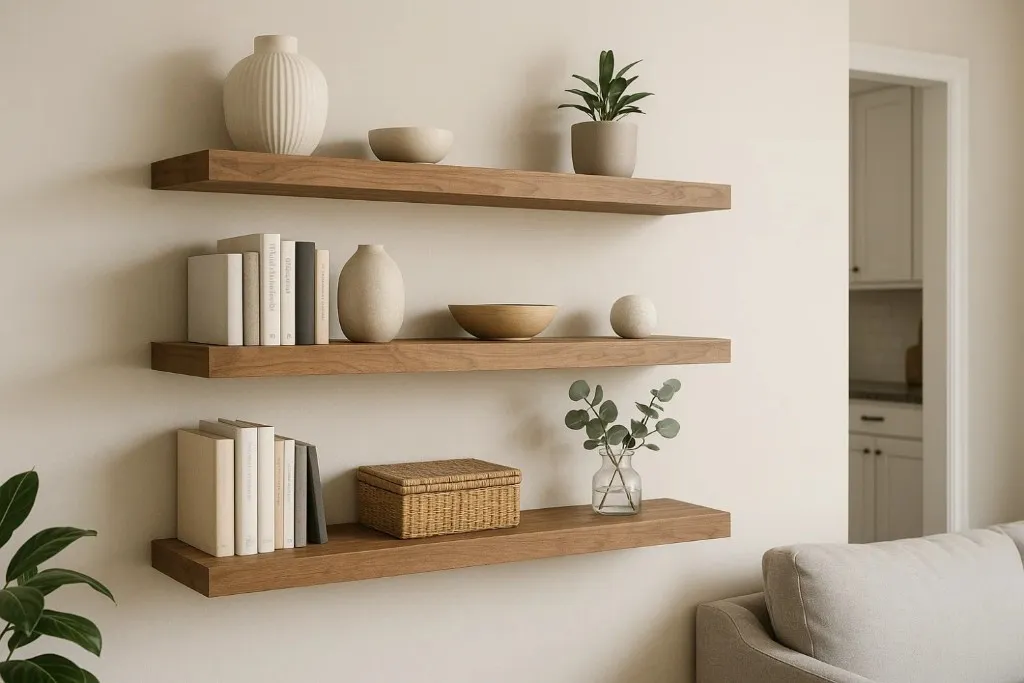
Maximize your walls by installing floating shelves for vertical storage. This allows you to free up floor space while still providing a place for books, decorative items, or essential accessories. Floating shelves are perfect for areas like living rooms, kitchens, or even bathrooms.
By utilizing vertical space, you create a sense of openness while maintaining functionality. Floating shelves work well in any room, but they are particularly effective in small spaces, where every square foot matters. Their minimalist design also helps maintain a clean, uncluttered aesthetic.
4. Experiment with Modular Furniture
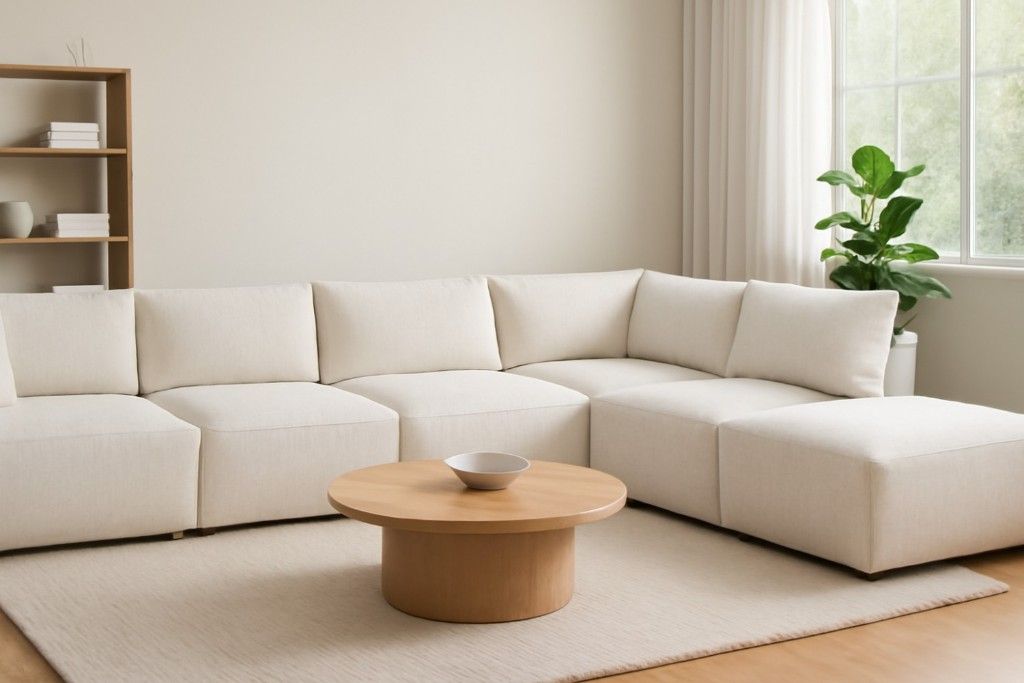
Modular furniture is a game-changer for creating flexible, adaptable spaces. Modular pieces, such as sectionals or shelving units, can be rearranged and customized to fit your needs. This flexibility allows you to change the layout according to the occasion, whether it’s hosting guests or simply reimagining the room’s purpose.
In smaller spaces, modular furniture offers the advantage of adaptability without compromising on style. For example, a sectional can be split into separate pieces for a cozy, intimate seating arrangement or brought together for a large, spacious seating area.
5. Create Zones with Area Rugs
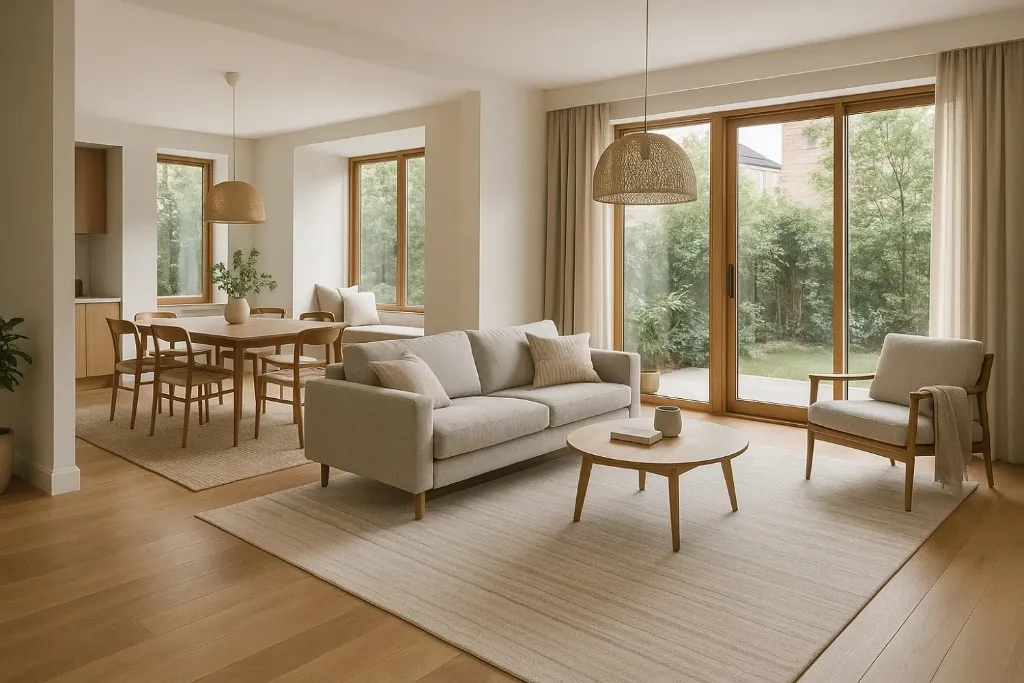
Area rugs are an excellent tool for creating distinct zones in a room, particularly in open-plan living spaces. Use rugs to define the different functional areas within the room, such as the living area, dining area, or reading nook. This approach helps establish a flow between sections while keeping everything feeling connected.
When choosing a rug, make sure it’s appropriately sized for the space to avoid overwhelming the room or leaving too much bare floor. By using rugs effectively, you can balance the visual appeal of each area while maintaining a cohesive, organized flow throughout.
6. Incorporate Wall-Mounted Lighting
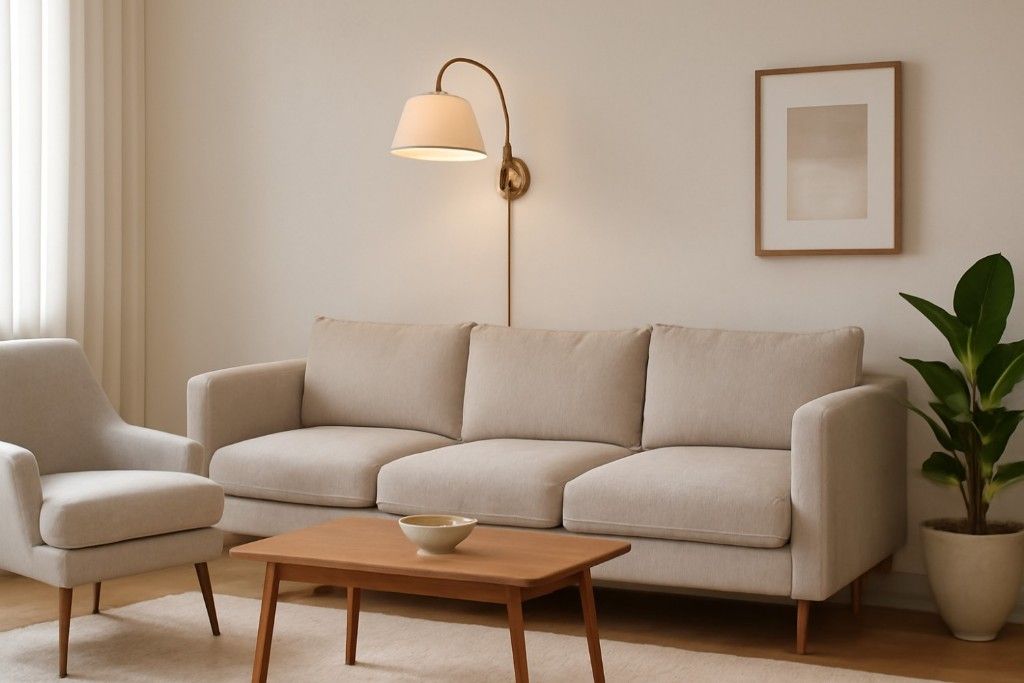
Wall-mounted lighting is another clever hack to improve room flow. By installing sconces or track lighting, you can free up valuable floor and table space. Wall-mounted lights also create a more streamlined, minimalist look that enhances the flow of the room.
You can adjust the placement of the lights to highlight specific features, such as artwork or furniture, adding both functional illumination and aesthetic appeal. This option is especially beneficial in rooms where floor space is at a premium, as it eliminates the need for bulky lamps and fixtures.
7. Create Seamless Transitions with Sliding Doors
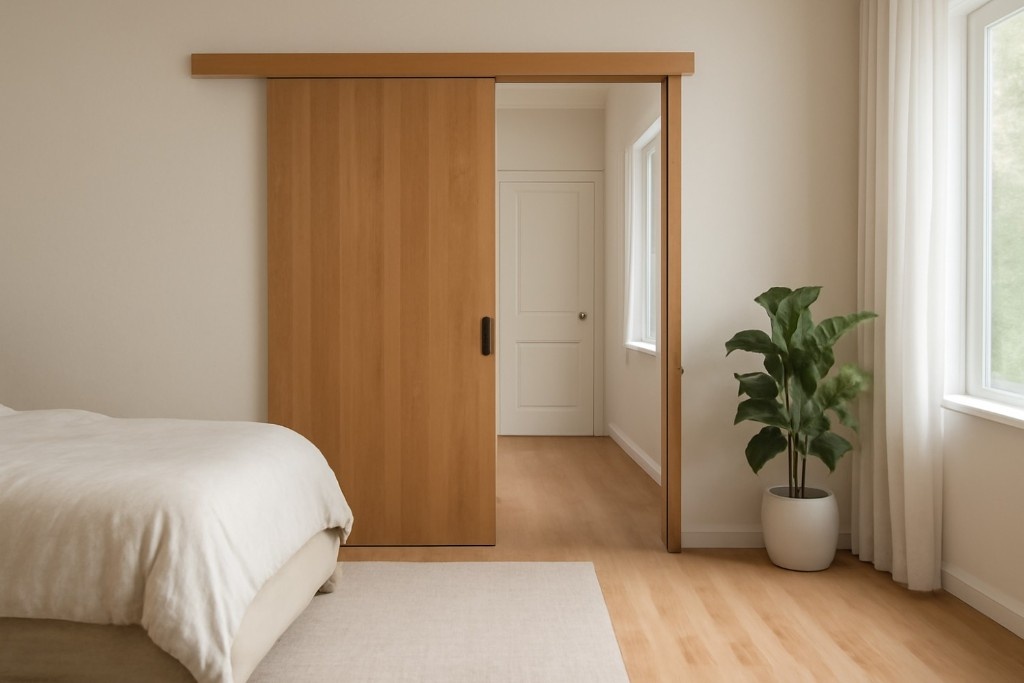
Sliding doors are a perfect solution for maximizing space and maintaining flow. Unlike traditional hinged doors, which require space to swing open, sliding doors glide along tracks, saving valuable square footage. This makes them ideal for closets, bathrooms, or even as room dividers.
Sliding doors are available in a range of materials, from frosted glass to sleek wood, allowing you to find a style that complements your décor. They also create a smooth, uninterrupted transition between spaces, enhancing the overall flow of the room while offering easy access.
8. Use Transparent Furniture for a Lighter Feel
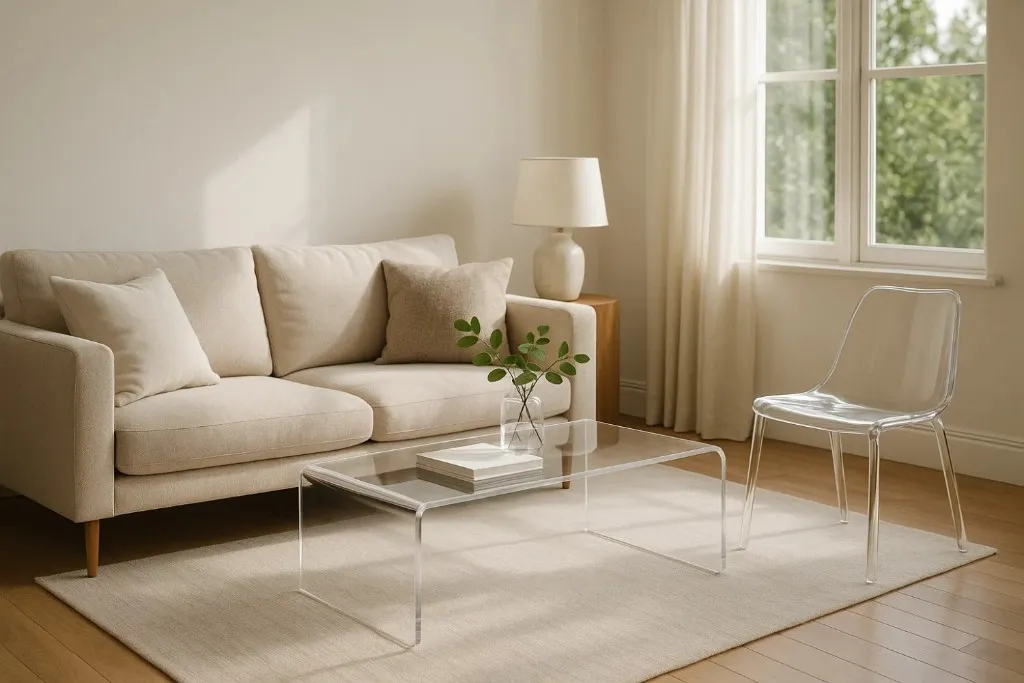
Transparent or acrylic furniture pieces—such as coffee tables, chairs, or side tables—help create a lighter, airier feel in a room. These items are visually unobtrusive, allowing the eye to travel through the space without getting caught on heavy, bulky furniture.
Clear furniture is particularly beneficial in small spaces or rooms with limited light, as it doesn’t block light flow or add visual clutter. Furthermore, transparent furniture pairs well with various design styles, from modern to minimalist, offering a versatile solution that enhances the room’s overall flow.
9. Select Sofas with Compact, Low-Profile Designs
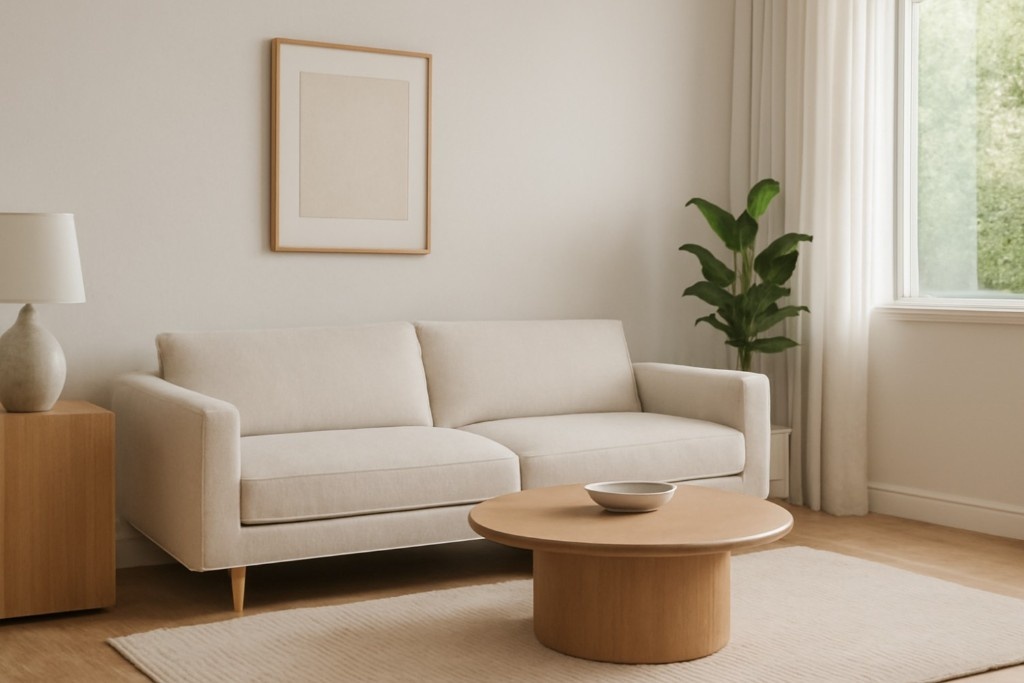
Opting for a compact, low-profile sofa can significantly improve a room’s flow by keeping the space feeling open and airy. High-backed, oversized couches can make a room feel closed off and heavy, whereas a sleek, low-profile sofa promotes a sense of openness. These sofas are often more versatile, as they don’t dominate the space.
Their minimalist design makes them suitable for a variety of room layouts, helping maintain a clean and unobstructed flow between areas. This also allows for the addition of more accessories or decorative elements without overwhelming the room.
10. Integrate Built-In Storage to Eliminate Clutter
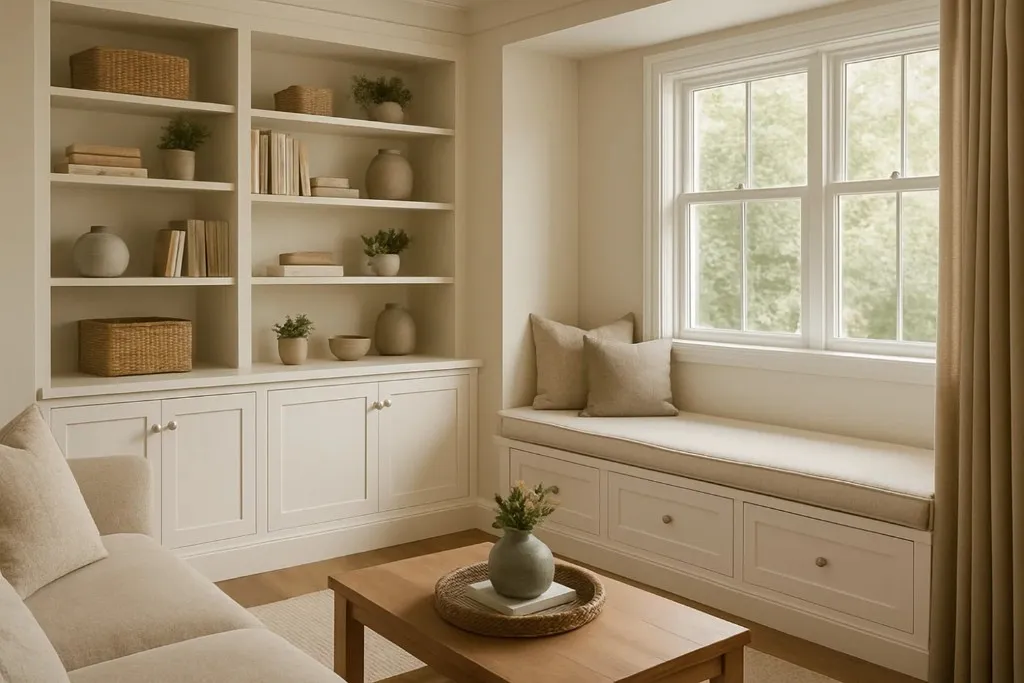
Built-in furniture, such as shelves, cabinets, or benches, can dramatically improve room flow by reducing clutter and maximizing storage. When furniture is built into the walls, it takes up less space and blends seamlessly with the room’s structure.
This approach is particularly useful in areas where extra storage is needed but there isn’t enough room for bulky furniture pieces. Built-in storage solutions also contribute to a more minimalist, organized appearance, allowing the focus to remain on the room’s design rather than on piles of clutter.
11. Use Neutral or Light-Colored Furniture
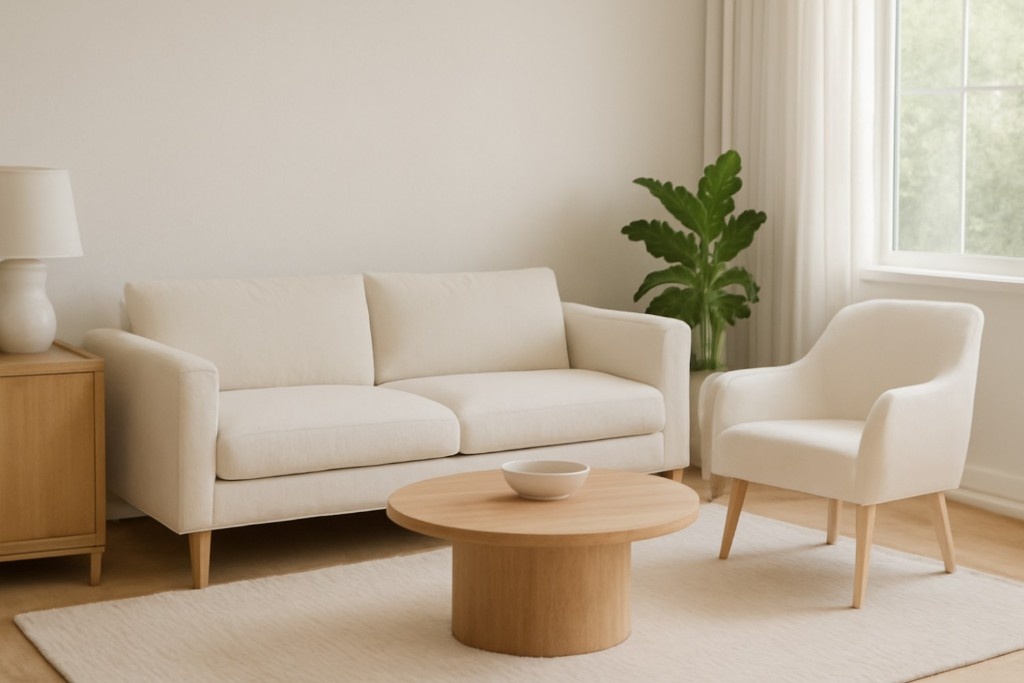
Light-colored furniture, such as neutral-toned sofas, light wood tables, or white chairs, helps create a more expansive and open atmosphere in a room. These colors reflect light, making the space appear larger and more inviting.
If your room is small or lacks natural light, neutral furniture pieces can help brighten up the area. Additionally, light-colored furniture offers greater versatility, as it pairs well with virtually any color scheme, allowing you to easily update the décor without needing to replace large pieces.
12. Install Corner Shelving Units
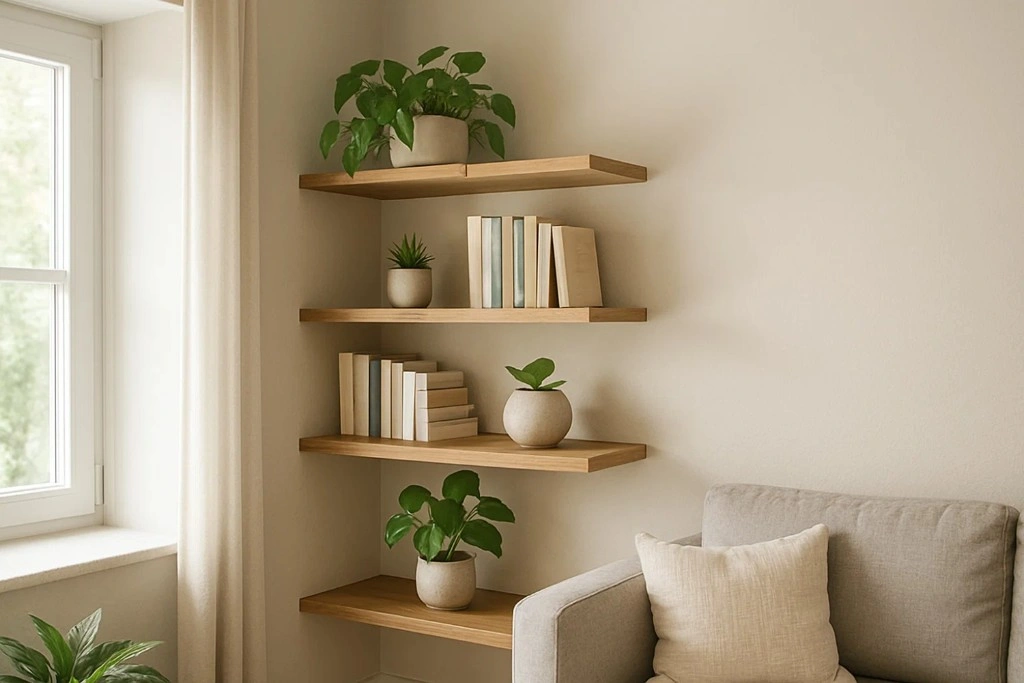
Corner shelving units are an excellent way to make use of otherwise underutilized space in a room. Instead of placing furniture along the walls, corner shelves allow you to store books, plants, or other decorative items without obstructing traffic flow. They are perfect for tight corners or small spaces where a full shelf or cabinet might feel too bulky. Corner shelves also create a sense of balance and symmetry, adding both style and functionality to your room without overwhelming the space.
13. Try Transparent Room Dividers
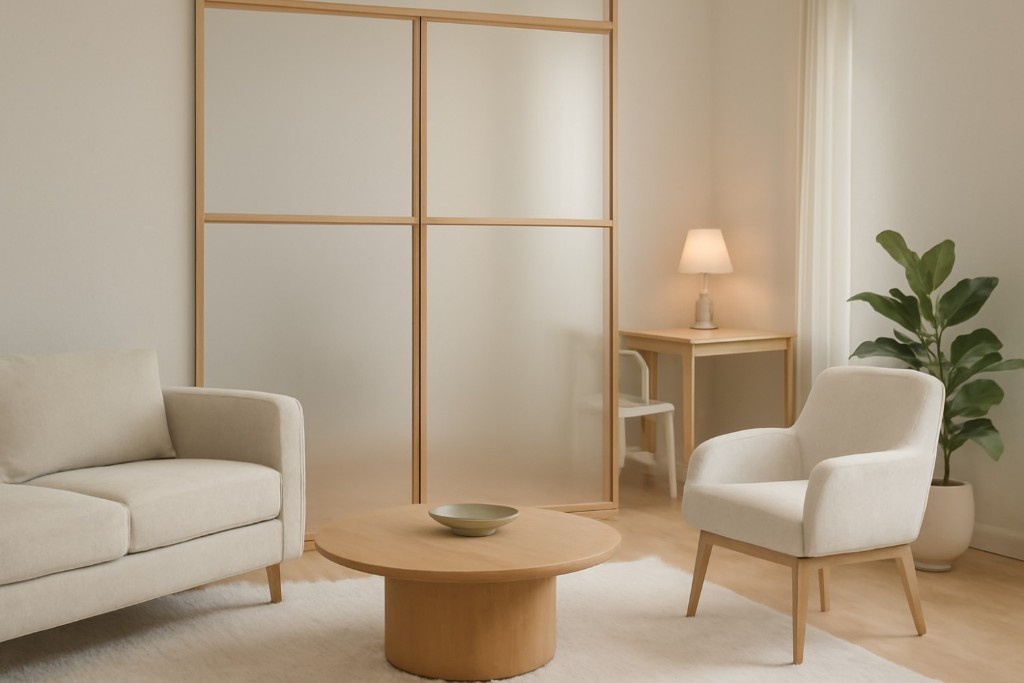
Room dividers can help segment an open-plan space into smaller, more functional areas. Transparent dividers, such as frosted glass or clear acrylic panels, are ideal for this purpose, as they create separation without blocking light or obstructing the flow of the room.
These dividers are perfect for creating distinct zones, such as a reading nook or workspace, while maintaining the room’s open and airy feel. Transparent dividers work especially well in modern or minimalist interiors, providing a sleek, subtle way to define different areas within the same space.
14. Invest in Slim, Space-Saving Furniture
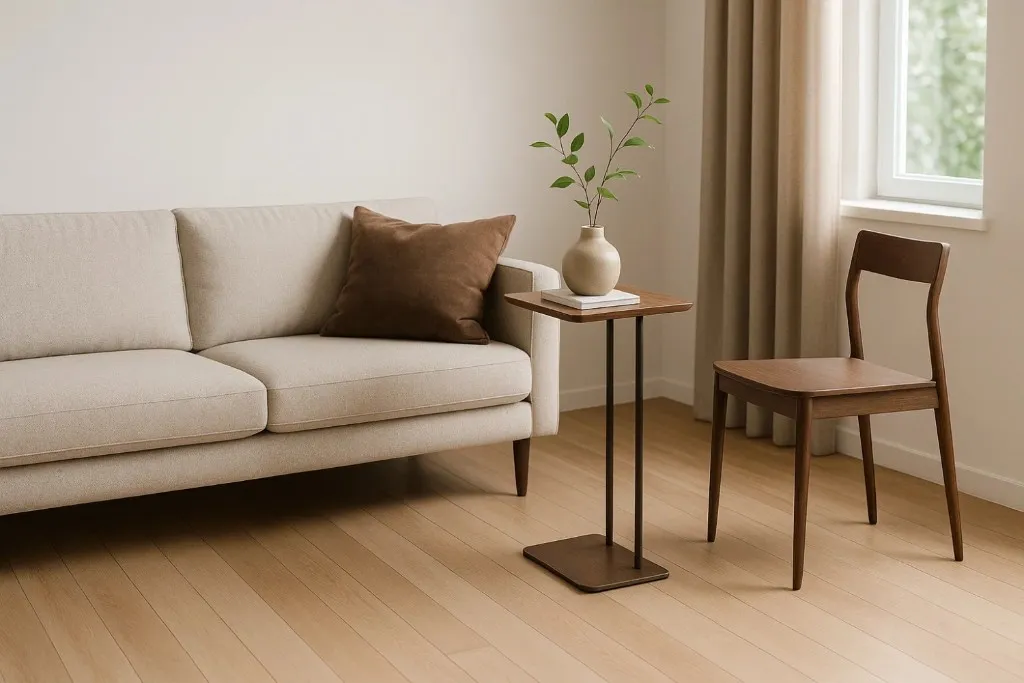
Slim, space-saving furniture pieces—like narrow side tables or slimline chairs—are an excellent way to create flow in smaller rooms. By choosing items with a smaller footprint, you avoid overcrowding the space and allow for easier movement.
These furniture pieces often come in sleek, modern designs, adding a contemporary touch to your décor. Slim furniture can be easily arranged to fit your needs, whether you’re working with a compact living room or a narrow hallway, ensuring that the space feels open and functional.
15. Add Customizable, Adjustable Pieces
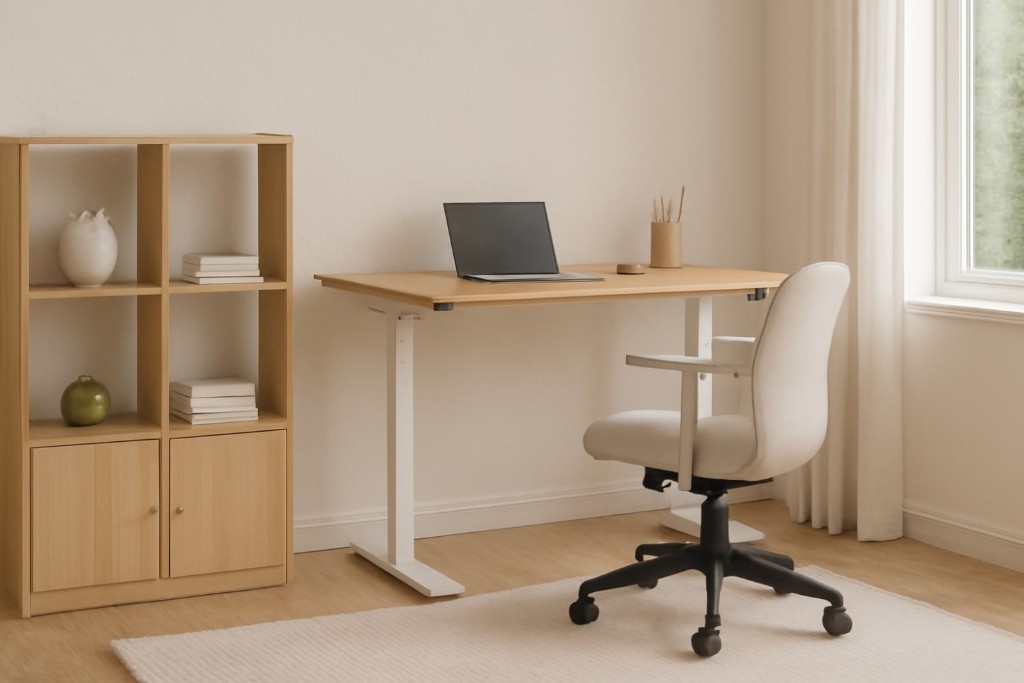
Customizable or adjustable furniture provides an extra level of flexibility, allowing you to tailor pieces to fit your needs as they evolve. Adjustable desks, for example, can change height to serve as a standing desk or a traditional seated workstation. Modular storage units can expand or contract based on the space available.
This type of furniture is especially useful in rooms that serve multiple purposes or in spaces where the layout needs to be adjusted frequently. By choosing adjustable options, you ensure that your furniture adapts to your lifestyle and maximizes flow.

